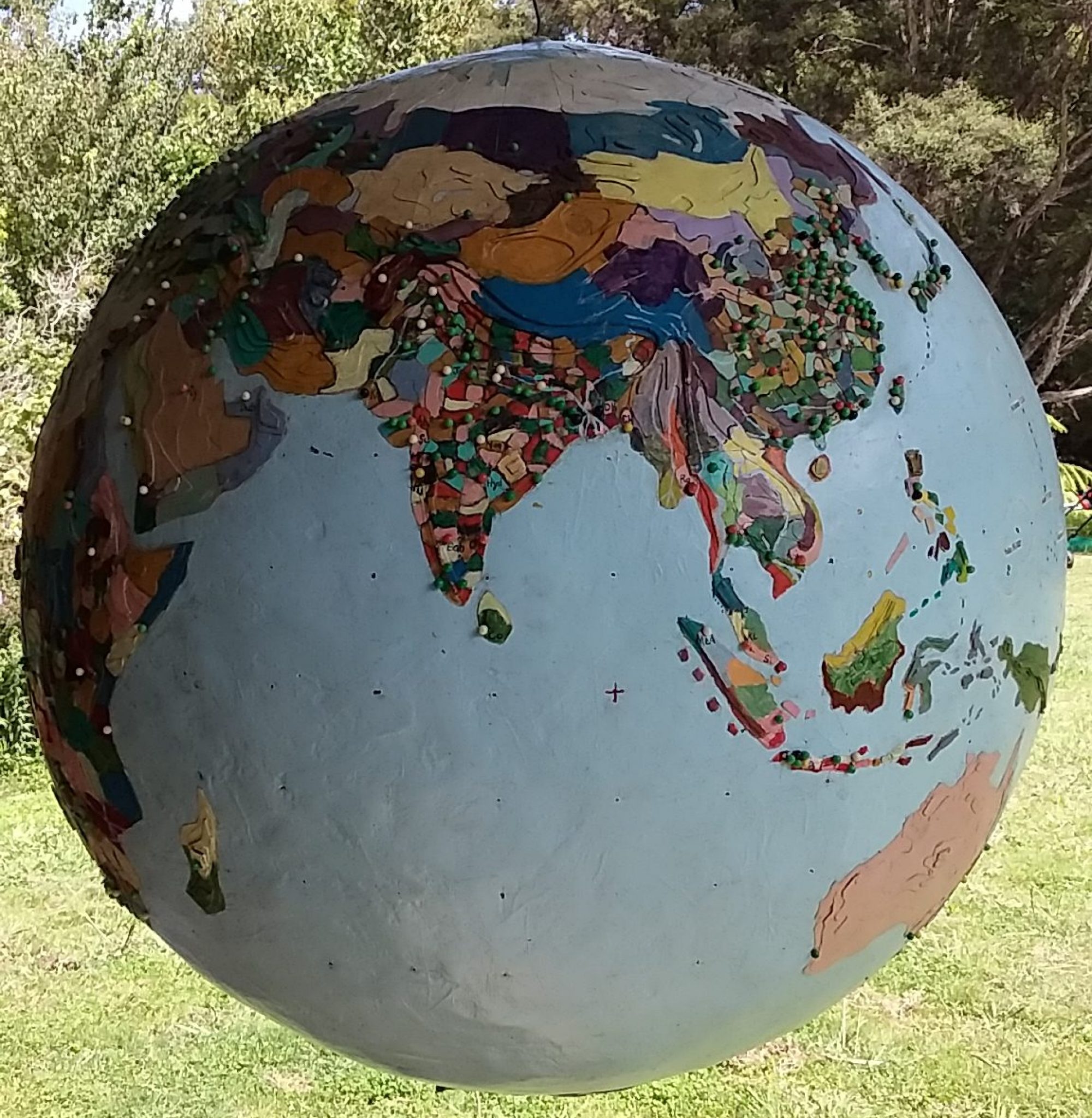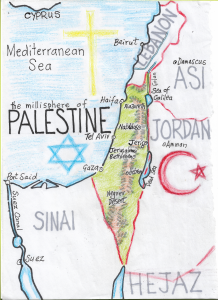Millisphere, n. a discrete region populated by roughly one thousandth of the total world population; a bit over seven million people (but anywhere between 3.5 and 14million will do); a lens through which to study human geography.
The millisphere of Palestine (between the Jordan River and the Mediterranean Sea) is the habitat of approximately 13 million people; roughly half of them are Arab and the other half Jewish. The West Bank and Gaza have about 4.5 million people (including more than half a million Jewish settlers) and Israel has another 8.5 million (Jews and Arabs).
About a 100 years ago the population of Palestine was about 10 per cent Jewish, and in 1947, before the creation of the modern state of Israel, there were just fewer than two million people in Palestine, of whom about 30 per cent were Jewish.
The Christmas Eve 2016 United Nations resolution, co-sponsored by New Zealand, censuring Israel for continuing to build settlements in the occupied Palestinian territories, has rekindled debate about the feasibility of a two-state solution.
In 2004 the American Rand Corporation undertook a feasibility study called “the Arc,” which visualised a Palestinian state, linking Gaza with the West Bank.
The United Nations is predicting that Gaza will be uninhabitable by 2020 unless Israel allows urgent infrastructure repairs. In millisphere terms the numbers work for this two-state solution, but it is unlikely to happen under the present Netanyahu Israeli administration.
A geophysical two-state solution, dividing the water catchments into two, one draining west into the Mediterranean and the other east into the Dead Sea, once again satisfies the millisphere population requirements but confronts problematic water politics (the Israelis control all the water).
Theoretically, one could divide Palestine into two millispheres: one for Jews and one for Arabs, but in practical terms these peoples are too mixed together for that.
The only other solution for peace is for everyone to learn to live together in one state, but this would require the Zionists to give up on their ideal of an exclusively Jewish state.
In the late 19th century, in the Russian empire, after suffering a series of pogroms at the hands of Orthodox Christian Russians, there was a debate among Russian Jews about organised emigration. Locations such as Siberia and Uganda were considered but eventually the USA and Israel were chosen as destinations.
Benjamin Netanyahu is the first Israeli president to have been born in Israel, the rest have been immigrants.
Both sides of Netanyahu’s family originated in the Russian empire, one side going early on, directly from Belarus, before Israel existed as a state, the other side went via the US. The Netanyahus represent the new demography of Palestine, religiously Jewish but genetically Slavic and with American connections.
This stream of emigrants from Eastern Europe continues to this day. Under Israel’s “law of return” anybody with one Jewish grandparent can automatically claim Israeli citizenship for his or her family on arrival.
Unemployed Ukrainians are today choosing to start a new life as settlers in the Palestinian occupied territories, encouraged by the Israeli state. Meanwhile there is no “law of return” for the approximately five million Palestinian refugees, two million in the occupied territories and another three million in Jordan, Syrian and Lebanon.
After the Christmas Eve UN resolution (referred to by Prime Minister Netanyahu as a “declaration of war on Israel”), the New Zealand Jewish Council has called on the governments of New Zealand and Israel to work together to keep the Israeli embassy in Wellington open. Not missing the business opportunity, Jewish Council spokeswoman Juliet Moses said the embassy played a vital role in facilitating business links and that Israel had much to offer New Zealand in the fields of security and counter-terrorism.
In 2007 Israel handled 10 per cent of the global arms and security trade and in 2014 was the world’s sixth-largest arms exporter.
Not bad for a country with 0.1% of the world’s population. Israel continues to be the USA’s single largest military aid recipient – on average about $US 3billion (4.30b) a year. Warfare is big business.
Religion lies at the very heart of the Palestinian conflict. Monotheism (there is only one god, and it’s my god) easily leads to the creation of “the other”, as the Christian Palestinian philosopher Edward Said pointed out.
Non-monotheism on the other hand recognises that there is my god, and your god and his and her gods, and they are all different, so let’s get on with the job at hand.
Thou shalt not kill and thou shalt not steal would be good places to start and $US 3billion a year would go a long way to rebuild bombed-out Gaza.

